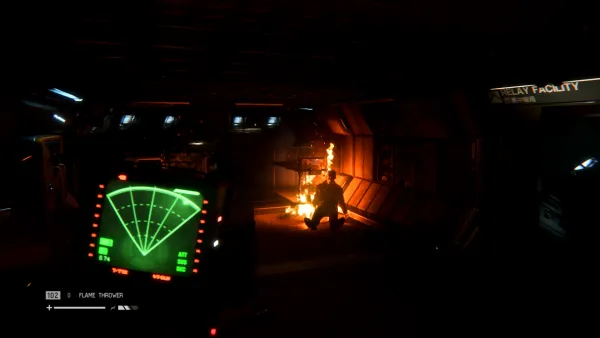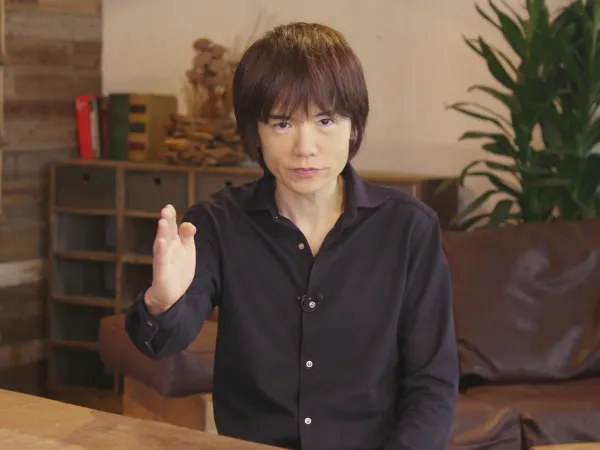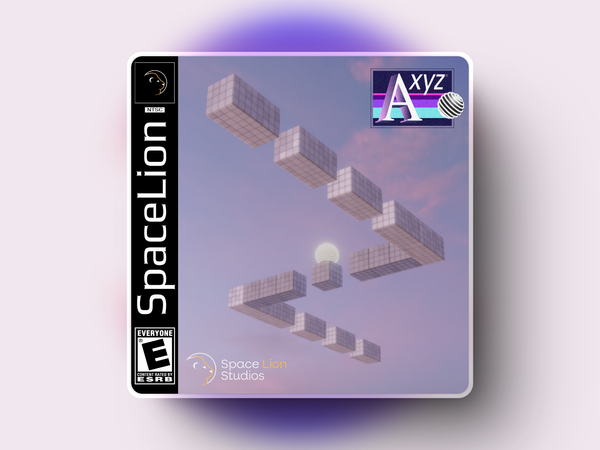Let's be real.
There's something fundamentally wrong about the Xenomorph. In the best possible way, of course. H.R. Giger's biomechanical monstrosity isn't just a movie monster; it's a primal fear given glistening, phallic form.
It's the reason you still glance nervously into dark corners, the silhouette that definitely chases you up the stairs after a midnight fridge raid. Yeah, me too.
Watching a bootleg copy of Alien as a wide-eyed kid hardwired that dread right into my brainstem, and honestly? It hasn't faded.
That perfect predator taps into something ancient, something that screams RUN when things go bump (or skitter, or drip acid) in the night.
Giger's initial nightmare vision got tweaked over the years, spawning dog aliens, queens, and even weirder stuff in comics and books, but the terrifying core remains.
It became an icon.

But how do you translate that kind of visceral horror onto the silicon chips of yesteryear?
Could the pixelated playgrounds of the Atari 2600 possibly do justice to the ultimate killing machine? Could the 16-bit battlegrounds of the Sega Genesis capture even a fraction of the dread?
Let's fire up the motion tracker and trace this beast's digital footprints.
Alien: The Video Game (1982 - Atari 2600) - Where It All Began (Sort Of)
You gotta start somewhere, right?
Just three years after Ripley's first horrific encounter hit cinemas, Fox Video Games beamed Alien onto the Atari 2600. And in true Atari fashion, it was... a maze game.

Look, the Atari wasn't exactly a graphical powerhouse.
Devs back then leaned hard into the maze craze, thanks to a certain pellet-munching yellow circle named Pac-Man absolutely dominating arcades. Navigating mazes, dodging baddies, grabbing pickups – that was the language of early gaming.
So, Alien became a frantic game of cat-and-mouse... or rather, human-and-dot-representing-an-alien.

Your mission: stomp on alien eggs (represented by dots) while avoiding the bigger, faster dot that was supposed to be a fully-grown Xenomorph. Simple, abstract, and probably terrifying if you squinted hard enough and let your imagination fill in the (massive) gaps.
Intense? Maybe, in that classic arcade reflex-test way. An Alien game? Ehhh, only if the box told you so.
Aliens: The Computer Game (1986 - Commodore 64, etc.) - Getting Closer... and Tougher
Now we're talking!
While the Atari game barely whispered "Alien," the Commodore 64 had the graphical grunt to start actually showing the universe.
Activision's Aliens (based on the action-packed sequel) ditched the single-screen maze for something far more ambitious: a multi-stage gauntlet attempting to recreate key moments from the film.

This ambitious title stitched together six distinct mini-games, including the nail-biting atmospheric entry sequence piloting the dropship (good luck!), navigating treacherous corridors, rescuing colonists, and eventually facing off against the Alien Queen.
These were linked by basic interactive scenes with dialogue balloons. Some critics at the time felt it was disjointed, lacking a cohesive flow. But graphically? It was a huge leap, finally giving players something that looked like the dark, claustrophobic world of LV-426.
But ambition came at a cost: brutal difficulty. The legendary Zzap!64 magazine praised the graphics but slammed the toughness, stating, "I defy anyone to complete the dropship scene in their first few goes.

Frustration is a swift and deadly opponent." They weren't wrong. This game chewed up and spat out unprepared players like a Xeno tearing through unprepared marines.
Alien 3 (1992 - SNES, Genesis, etc.) - The Timer is Ticking... Oh God, It's Ticking!
This is where the dread started to feel real for a lot of us 16-bit kids.
Probe Entertainment's Alien 3 tie-in wasn't just a run-and-gun platformer; it was a masterclass in anxiety thanks to one simple, horrifying mechanic: the time limit.

Forget leisurely exploration. Each sprawling, maze-like level on the prison planet Fiorina "Fury" 161 had a clock relentlessly counting down.
Fail to rescue trapped prisoners and reach the exit before it hit zero? Game over? Nope. Worse. Chestbursters. Everywhere. A screen full of erupting torsos. It was gruesome, shocking, and utterly panic-inducing.
Playing as a shaven-headed Ripley, you blasted speedy Xenos and skittering Facehuggers across various versions (SNES, Genesis, Amiga, C64, even Game Boy and Master System!), each with slightly different levels and mechanics.

The Genesis version felt faster, the SNES version perhaps a bit moodier. But that oppressive timer, coupled with the dark, industrial visuals and an ominous, heartbeat-like thrum in the music? Chef's kiss.
This was the first game that truly captured the feeling of being hunted, of being hopelessly outnumbered and desperately short on time.
Alien Trilogy (1996 - PlayStation, Saturn, PC) - Entering the Third Dimension
Welcome to the 32-bit era!
Probe Entertainment returned, ditching side-scrolling for a full-blown first-person shooter experience with Alien Trilogy. Loosely mashing together elements from the first three films, this game dropped you into the boots of Ripley (again!) and armed you to the teeth.

Pulse rifles? Check. Flamethrowers? Check. Shotguns? Oh yeah. You navigated 30+ levels across environments inspired by LV-426 and Fury 161, blasting everything that moved – Facehuggers, Chestbursters bursting from unlucky hosts (yikes!), dog aliens, classic drones, and even multiple Alien Queens.
It was loud, fast, and maybe a bit repetitive, but it delivered buckets of arcade-style FPS action dripping with Alien atmosphere.
The shoulder lamp slicing through the darkness, the iconic ping of the motion tracker (even if its usefulness was debatable here), the sheer number of enemies – it was a blast, literally.

The PC version even packed in network deathmatch! While maybe not the deepest shooter, it was pure, cathartic Xeno-slaying fun.
Aliens versus Predator (1999 - PC) - The Holy Trinity of Sci-Fi Badasses
Hold onto your butts, because this one changed the game.
Rebellion Developments, building on the promise of the earlier Atari Jaguar AvP title, delivered a masterpiece of asymmetrical multiplayer (and single-player!) design with Aliens versus Predator on PC.

Three species, three campaigns, three totally different ways to play.
| Role | Strengths | Tools & Abilities | Playstyle Description |
|---|---|---|---|
| Colonial Marine | High firepower; decent gear support | Pulse rifle, smart gun, flamethrower, motion tracker, flares, image intensifier | Squishy but armed. Survival horror shooter. Expect to die, but go down fighting. |
| Predator | Tough, deadly, tech-enhanced hunter | Wrist blades, shoulder cannon, cloaking, throwing disc, vision modes, self-healing | Hunt, isolate, kill. Stalk with gadgets and strike hard. |
| Alien | Speed, stealth, and raw melee power | Claws, tail, inner jaw, wall-climbing, echolocation, pheromone tracking | Lightning fast and terrifying. Play like the horror in a horror game. |
Each campaign had its own story and objectives, intertwining across familiar and new locations. The atmosphere was suffocatingly thick, the sound design was top-notch (that Predator click, the Alien screech!), and the feeling of being hunted (or hunting) was unparalleled at the time.
A true classic that still holds up.
Alien: Resurrection (2000 - PlayStation) - Dual Sticks and Mixed Feelings
Based on the... polarizing fourth film, Alien: Resurrection on the original PlayStation aimed for a survival horror FPS experience. Developed by Argonaut Games, it put you in the shoes of Ripley 8, Call, DiStephano, and Christie across ten levels set mostly aboard the grimy USM Auriga.

You had a decent arsenal – laser rifle, shotgun, grenade launcher, shock rifle, flamethrower, rocket launcher – and faced off against drones, marines, and facehuggers.
The game even included a mechanic where getting facehugged meant a frantic rush to find a removal device before... well, you know. While ambitious, the game suffered from murky visuals, sometimes confusing level design, and a general sense of clunkiness.
Interestingly, its control scheme – using the left analog stick to move and the right to look/aim – was actually quite forward-thinking.
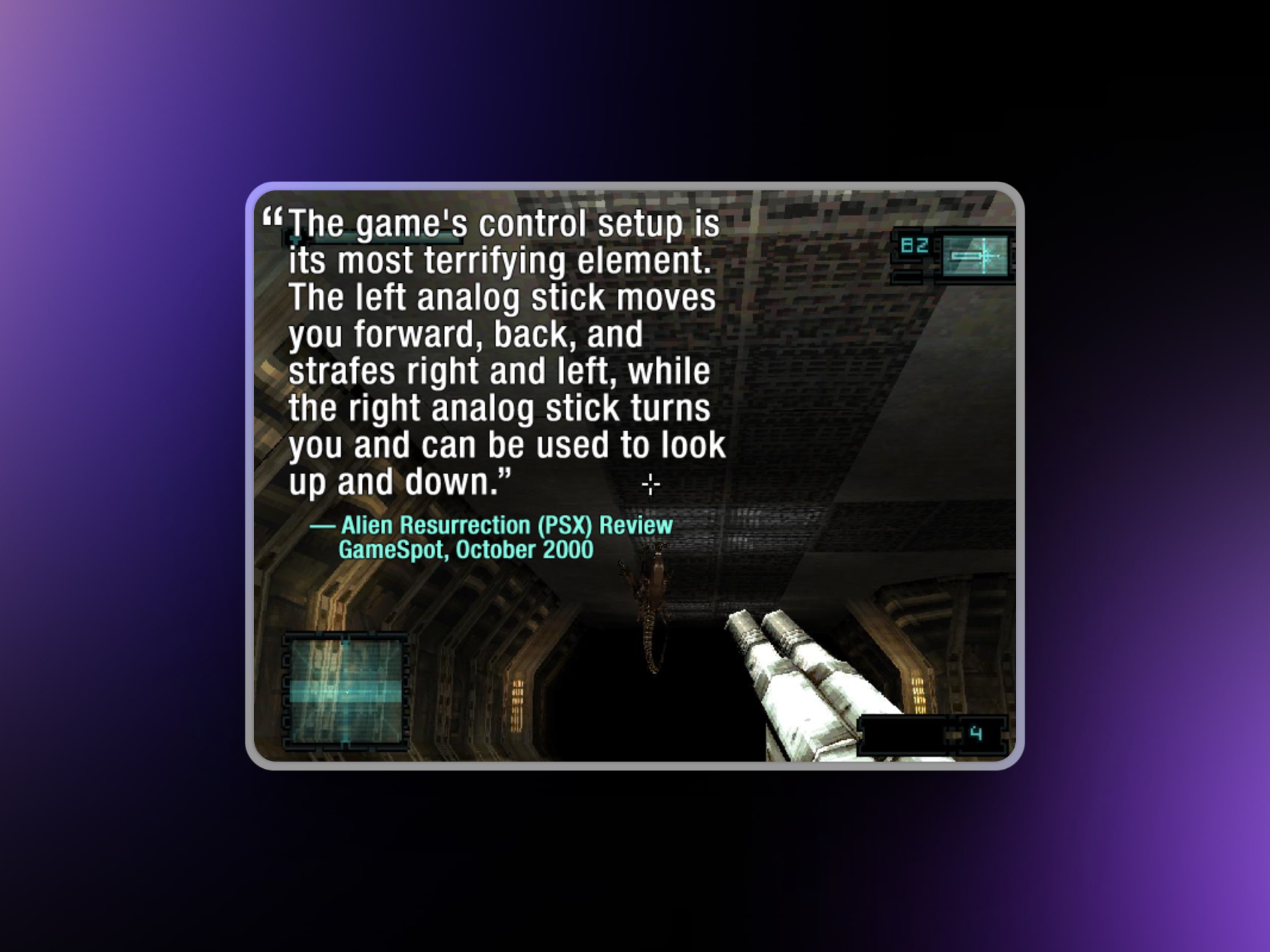
Many reviewers found it awkward then, but it effectively became the standard for console FPS games later on. So, while the game itself is often overlooked or criticized, it accidentally stumbled upon a control revolution of sorts.
Aliens: Colonial Marines (2013 - PC, PS3, Xbox 360) - The Hype Train Derails
Oh, Colonial Marines.
What could have been. Hyped for years as the true, authentic sequel to Aliens in game form, developed by Gearbox Software, the final product landed with a resounding thud heard across the galaxy.

Promising a cinematic, co-op focused campaign (up to four players) pitting heavily armed marines against hordes of terrifying Xenos and Weyland-Yutani mercs, the game we got was... rough.
Plagued by buggy AI (leading to some unintentionally hilarious Alien behavior), dated graphics, and a story that felt like questionable fan-fiction stomping all over established lore, it became a cautionary tale about game development hype.
It had the pulse rifles, the motion tracker sounds, the dropships... the ingredients were there. But the execution fell disastrously short for many fans who had waited so long. There was a competitive multiplayer mode too, letting players duke it out as Marines or Xenos, but it couldn't salvage the game's overall reputation.
A painful "what if?" in the Alien gaming saga.
Alien: Isolation (2014 - PC, PS4, Xbox One, etc.) - The True Meaning of Fear Returns
Just when faith was dwindling, Creative Assembly swooped in like a rescue dropship and delivered Alien: Isolation – a game that finally understood. It understood that the Xenomorph isn't scary because you fight hordes of them; it's scary because there's one, and it's hunting you, and you. Can't. Kill it.

This wasn't an action game; it was pure, uncut survival horror. Playing as Amanda Ripley (Ellen's daughter, searching for answers about her missing mother), you're stranded on the decaying Sevastopol Station.
Your primary antagonist? A single, terrifyingly intelligent Alien driven by an unpredictable AI. It learns. It adapts. It hunts.
Forget running and gunning. Isolation is about hiding, sneaking, crafting distractions (noisemakers, EMPs, Molotovs), and praying that the hulking beast stalking the corridors doesn't hear you breathe.
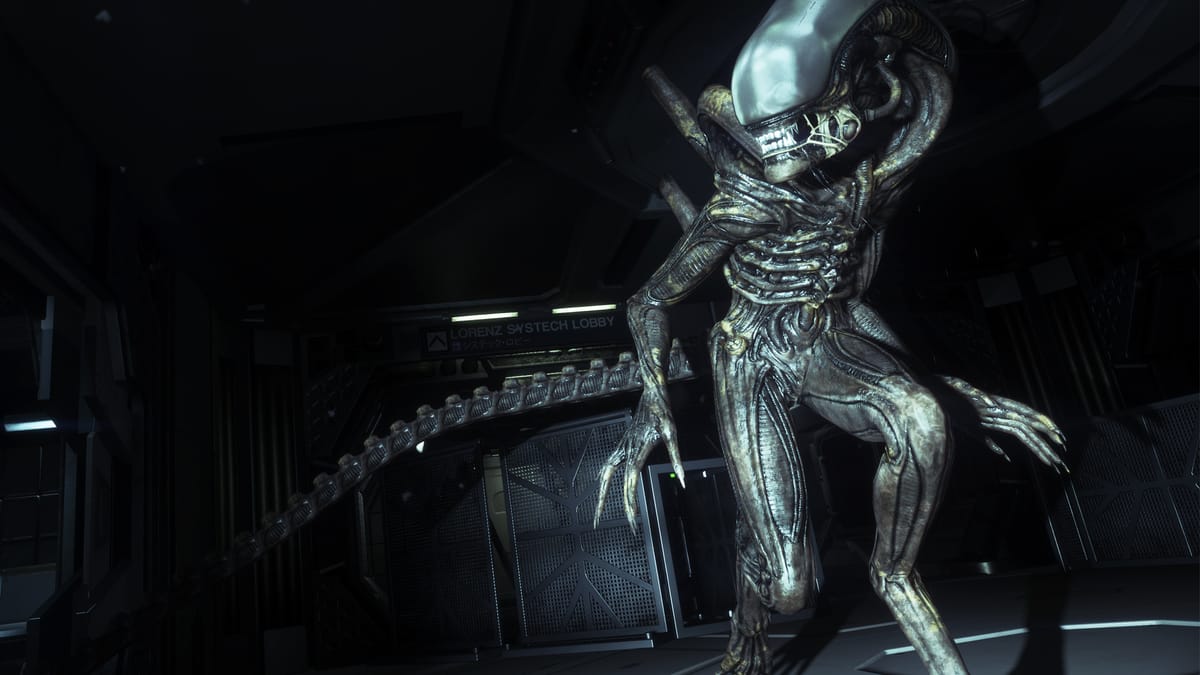
Weapons are scarce, ammo even scarcer, and largely ineffective against the main threat (though handy against jumpy human survivors and creepy androids). Your motion tracker is both a lifesaver and a source of constant anxiety, its blip... blip... BLIPBLIPBLIP signalling that death is nearby.

The atmosphere is thick enough to choke on, perfectly recreating the lo-fi, 70s sci-fi aesthetic of the original film.
Add a challenging Survivor Mode for bite-sized terror sessions, and you have arguably the most faithful, most terrifying Alien game ever created. It brought the horror back, reminding everyone why Giger's creation is the stuff of nightmares.
The Legacy Continues...
From abstract dots on an Atari screen to a sophisticated AI predator that learns your hiding spots, the Xenomorph's journey through gaming has been as varied and terrifying as the creature itself.
We've seen maze chases, side-scrolling sprints, FPS blowouts, tactical squad command (shout out to Aliens: Dark Descent!), and nail-biting stealth horror.
Developers have grappled with how to capture lightning in a bottle – or rather, acid blood in a game engine – for decades. Sometimes they nail the action, sometimes the atmosphere, sometimes (rarely) both.
But through it all, the allure of the Xenomorph endures. It's a testament to Giger's genius design and the primal fear it invokes that we keep coming back, eager for another terrifying trip into the dark, knowing that in space (and in these games), everyone can hear you scream.
Now, if you'll excuse me, I think I heard something in the vents..

